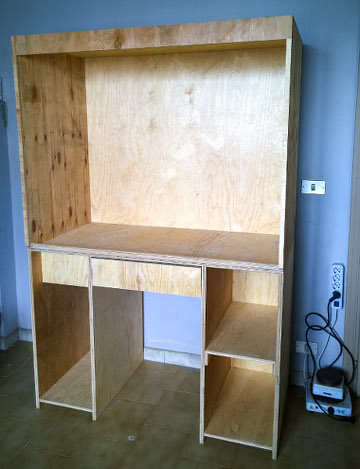MarcoP
Well-known member
Indeed, preventing is the best way to go but I've heard of accidents happening to experienced people thus I'd like to play safe when I can.solar_plasma said:Maybe better just to pevent uncontrolled fire.
Too late for gypsum drywall now, it sounds like a great idea, fumehood it's already made. I will have to look how much it costs fireproof fiberglass and if too expensive I'll try with borax as primer and latex exteriors paint on a small board, test and then do the fumehood. I think I'll be mostly set like this and then I could concentrate on the exhaust.















































